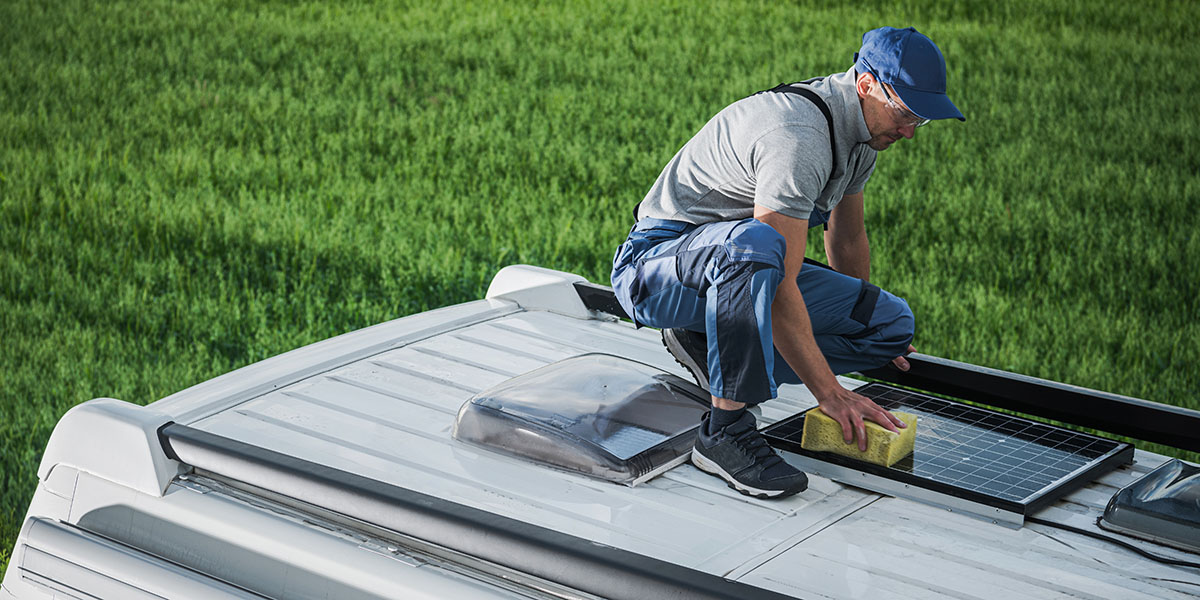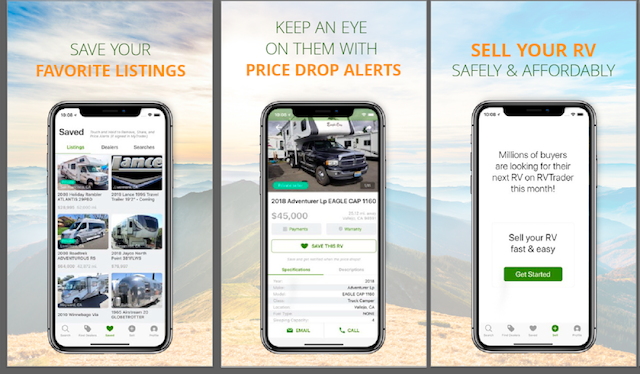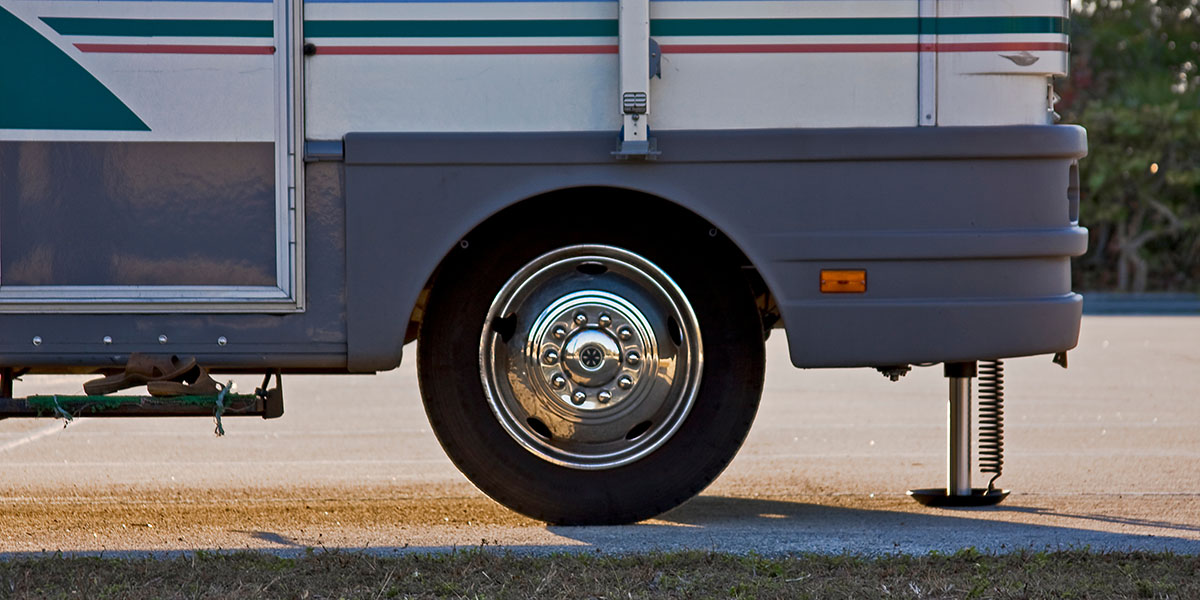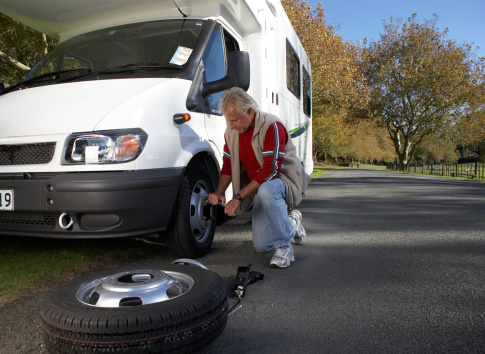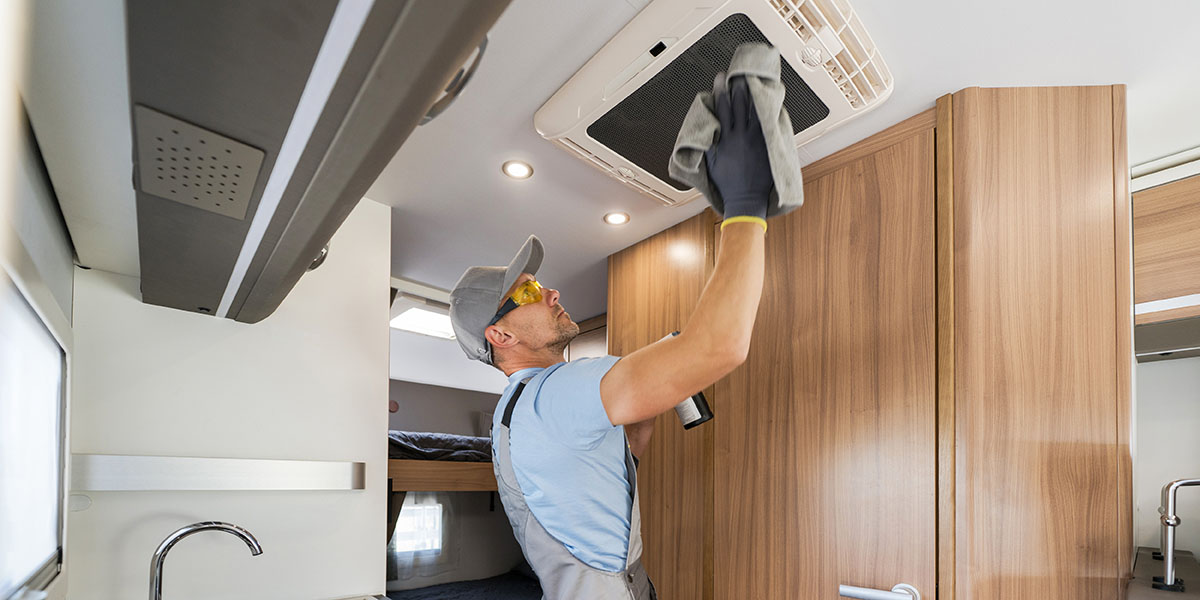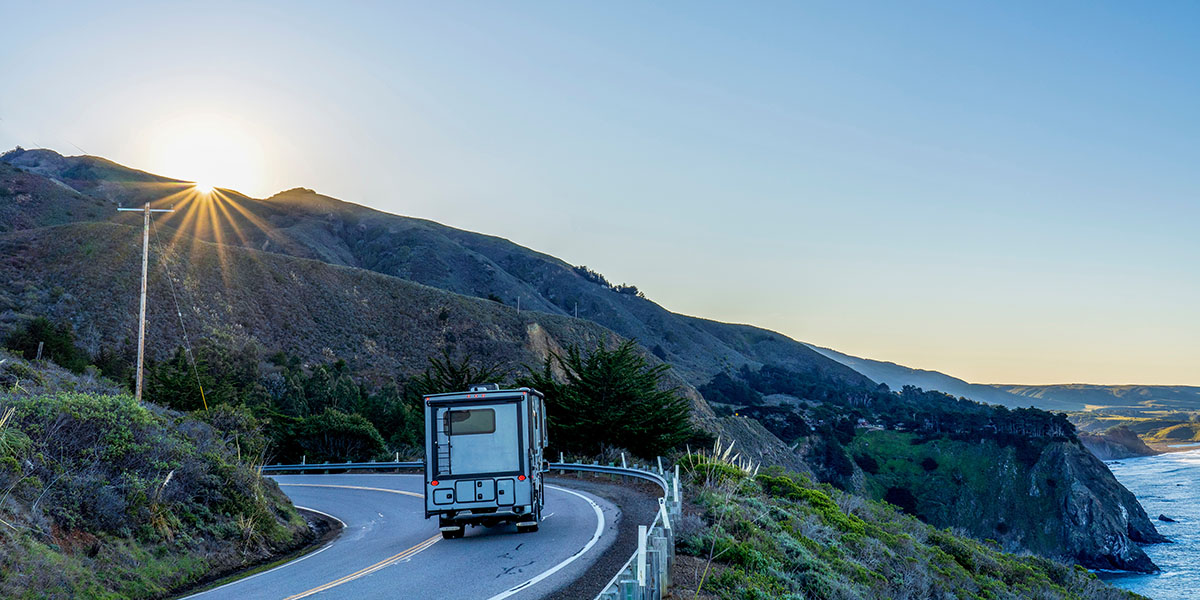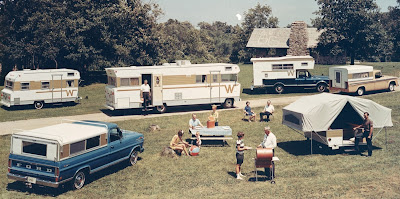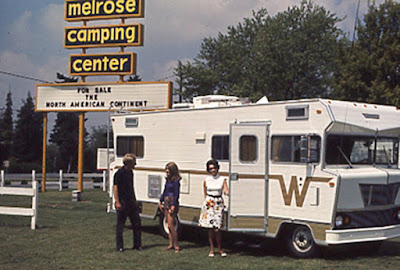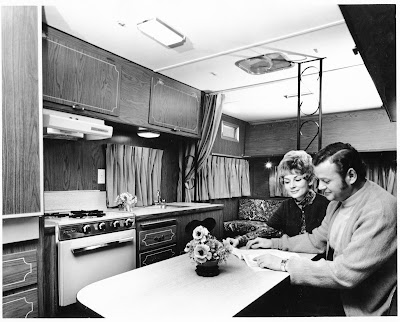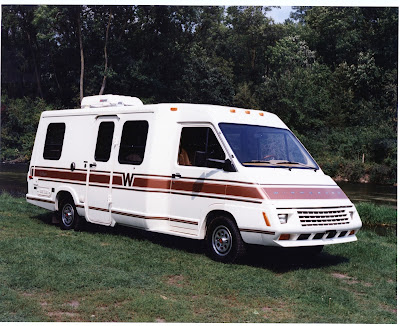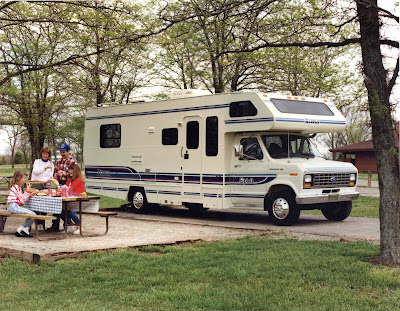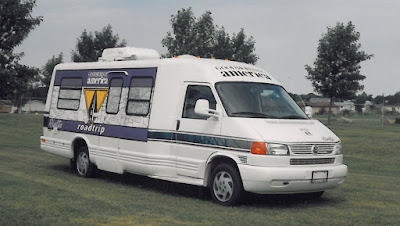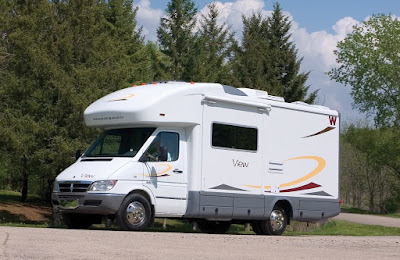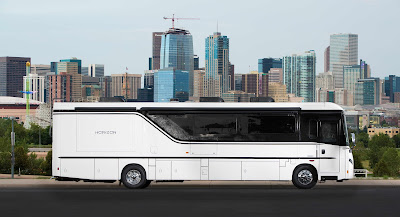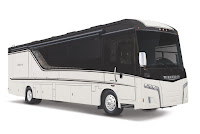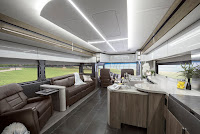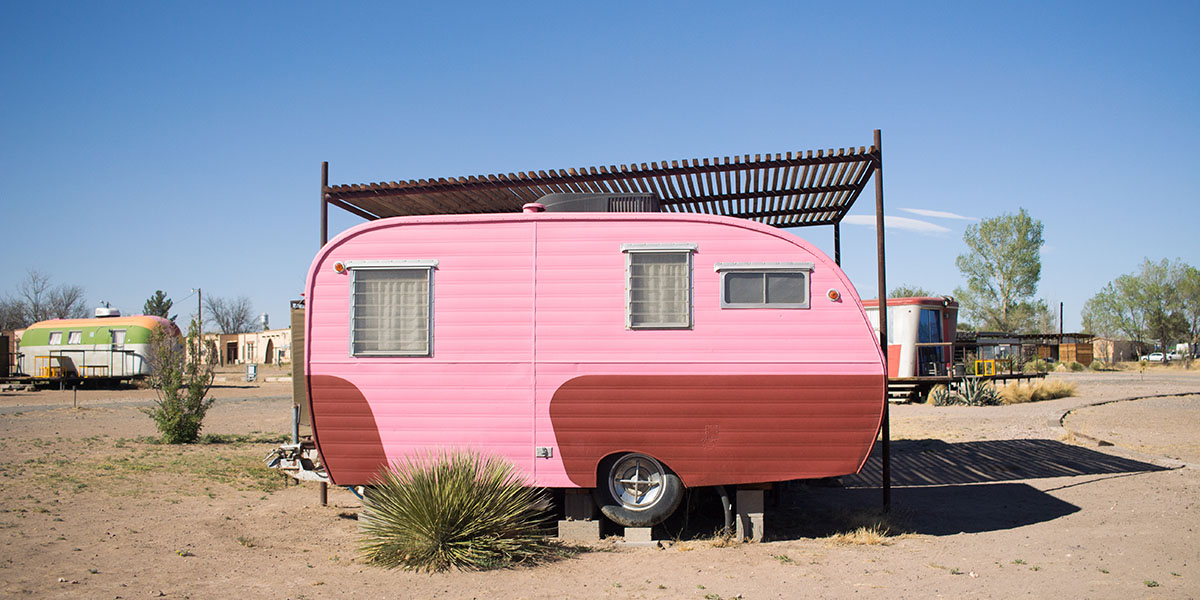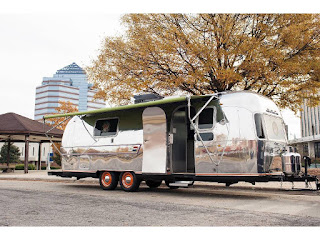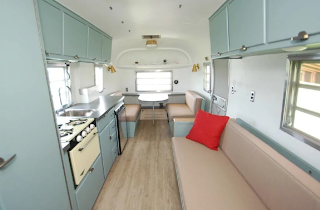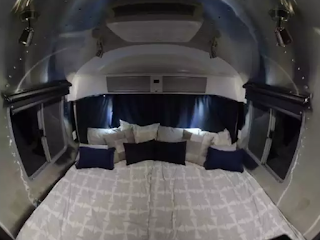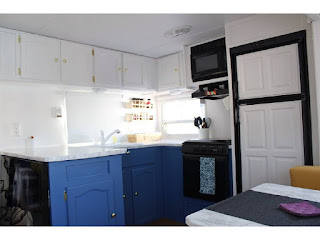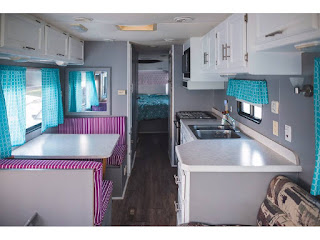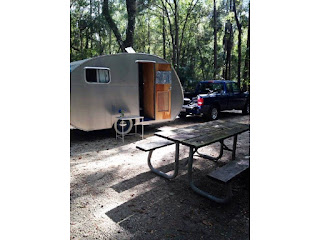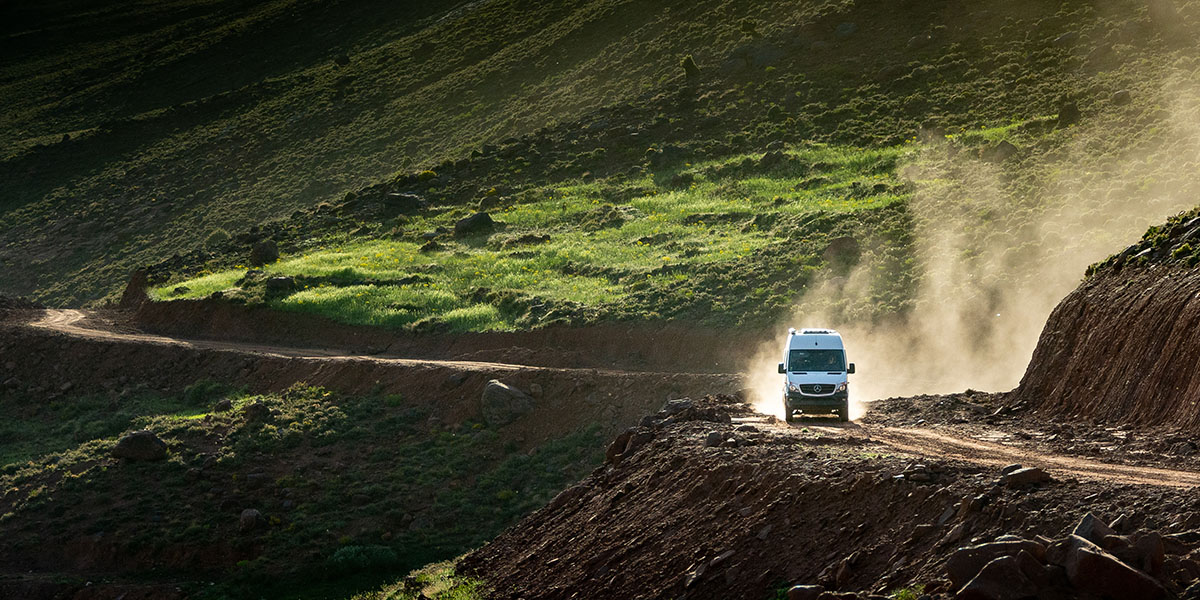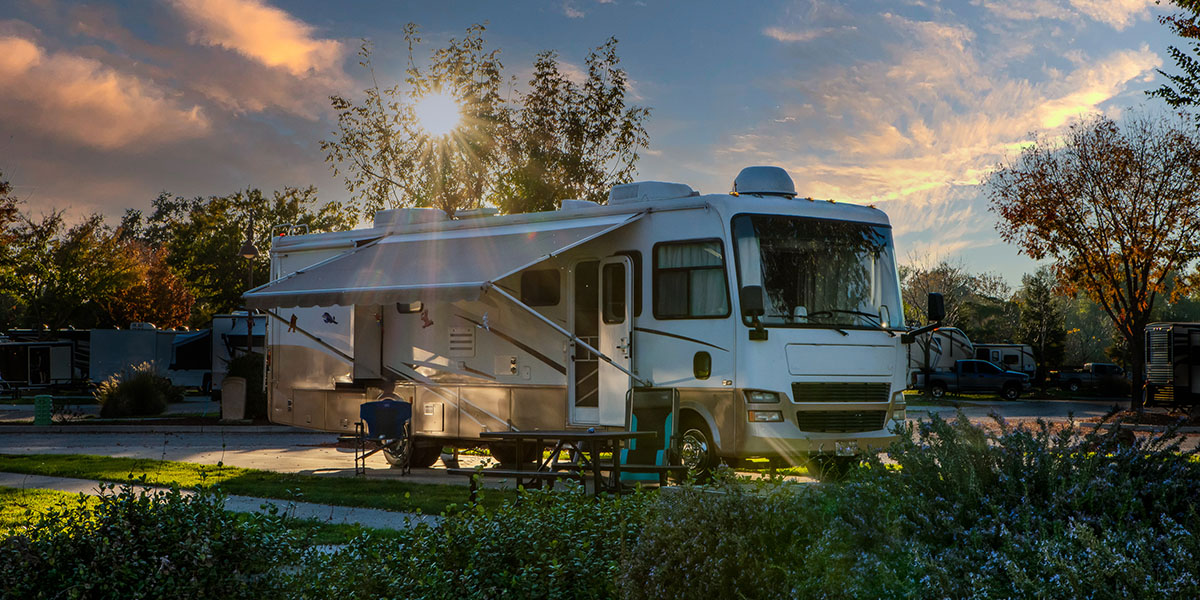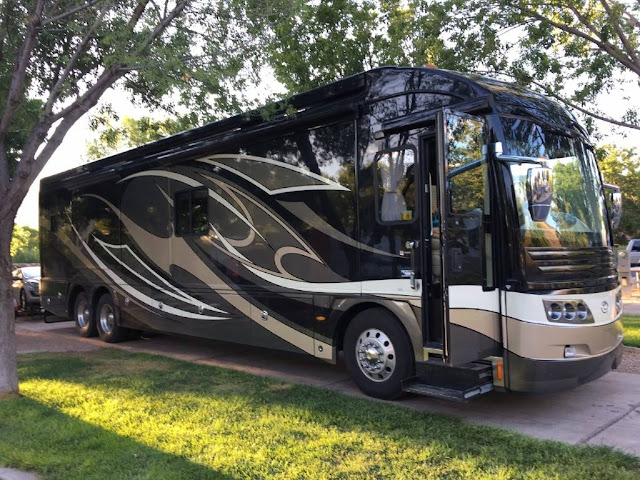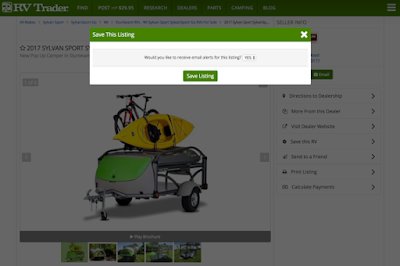Take pride in your home on wheels! Read these tips from FMCA and the “RV Doctor” Gary Bunzer to keep your RV’s exterior looking its best.
The Roof
Get into the habit of inspecting the roof often, preferably once a month. Pay special attention to the seams, edges, moldings, caps, and anything else attached to the roof. Realize that any screw or mounting method used on the roof can become an entry point for moisture. Water intrusion is the largest threat to the integrity of any RV.
Keep the roof clean. Use a soft broom every couple of weeks to sweep away leaves, dirt, and road grime. Look closely for evidence of mold and mildew, especially on synthetic surfaces. Remove bird droppings or tree sap as soon as it is spotted. Small problems will not go away on their own. Left unaddressed, small problems will only worsen and quickly move (along with its associated cost) from the preventive maintenance stage. Wash the roof with the appropriate cleaning agent four or five times each year. A clean roof is simply easier to inspect!
And, finally, know what material forms your RV’s roof. Be sure the products you employ are safe for that roof surface material.
Sidewalls
Learn what material is used on the exterior of your RV’s sides. Is it painted aluminum? Fiberglass? Filon or another FRP derivative? ABS or PVC plastic? Are steel components used? If you own a Type C motorhome, don’t forget about the cab portion and its exterior surface.
Scan the sides of your RV and start counting how many components are attached: storage bay doors, refrigerator vents, furnace vents, city water inlet, etc. Every attachment point is a potential source for a water leak.
Inspect all seals around the sidewall openings. At the first sign of a deteriorating sealant, reseal! In severe cases, it may be necessary to completely remove the component and reinstall using fresh sealant. In other cases, a quick but correct application of a silicone sealant over the suspected gap may be all that is required.
Next, check for black streaks. Unfortunately, every RV is susceptible to those nuisance black streaks caused by four elements: dirt, moisture, time, and neglect. This video explains how these streaks form
When using any type of black streak remover, never apply the solution directly to the surface of the sidewall. Always moisten a clean, soft cloth with the remover and try to keep within the boundaries of the black streak. All black streak removers contain components that will remove existing wax, so areas treated with the remover will need to be re-waxed.
Unless the black streak is deep-seated and has become oxidized, it eventually should come off or at least be minimized. If the black streak has oxidized into the finish, other products exist that can address this specific type of problem. But, remember, it’s crucial to use a product compatible with your RV’s exterior surface to prevent further damage – read those labels!
Fiberglass Caps
The second level of oxidation results in a pronounced chalking of the finish. You’ve probably seen front and rear caps that display a distinct, blotch-like chalky residue that can be wiped away with a moist rag. Neglected further, the cap surface eventually can crack and deteriorate and, in the process, cross the line between restorative maintenance and damage repair. If individual fibers become visible in the fiberglass, it may require a repair out of the DIYer’s realm.
It is imperative that fiberglass front and rear caps be protected with wax or polish. Plain old car wash soap is a good option because it does not remove wax as detergents do. Polish is similar to wax, but some polishes and polishing compounds actually contain trace amounts of abrasives.
Undercarriage
Look for loose or damaged sections of the underbelly, regardless of the types of materials used under there. Some RVs have sealed underbellies, while other RVs may be open to the bottom of the subfloor. Others may have only a soft plastic wrap encasing the floor insulation. Look for anything that appears out of the norm. While you’re down there, check all chassis and suspension components for damage or irregularities, and look for evidence of water leaks. If you use the RV in winter conditions where salt is used on the roads, check for rust.
Stay Tuned
FMCA RV Club brings you this monthly tech tip to Enhance Your RV Lifestyle. FMCA delivers RV know-how to its members. Learn more at FMCA.com.
This information is for educational purposes. FMCA shall not be responsible nor retain liability for RVer’s use of the provided information. Exercise caution when working on the roof. Prior to making any RV service decision, including roof maintenance, you are advised to consult with an RV professional.
